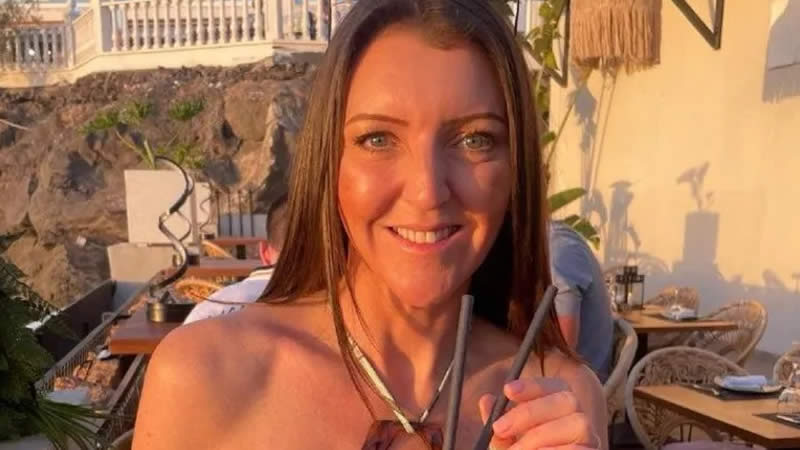
“Paralyzing Pain Led to a Cruel Diagnosis”: Mother Speaks Out About Incurable Cancer and the Dangers of Asbestos
A mother’s life took a devastating turn after she was diagnosed with incurable cancer following months of unexplained pain. Emily-Jane Scandrett, 41, from Tamworth, Staffordshire, experienced “paralyzing pain” in her chest for nearly 17 months before finally receiving the heartbreaking news—she had pleural mesothelioma, a rare and aggressive cancer that primarily affects the lining of the lungs. The shocking diagnosis came just months after she gave birth to her second child, told the Mirror.
Mesothelioma is most often associated with asbestos exposure and is typically found in men over 75. However, Emily-Jane, a young mother of two, has no idea when or where she might have been exposed to the dangerous mineral. She is now seeking answers from her former employers and schools, requesting asbestos reports in a bid to understand how this life-altering illness took hold.
Reflecting on her diagnosis, Emily-Jane shared her frustration and anger about the widespread presence of asbestos in everyday environments. “It’s atrocious that there is asbestos in our schools, hospitals, offices, even in our homes, and people still know so little about it,” she said. “When I was diagnosed, I had never heard of mesothelioma. I’d heard of asbestos, but I don’t know where or when I was exposed to it.”
Asbestos, once widely used in construction, remains a hidden danger in older buildings across the UK, particularly schools. More than 90% of British schools contain asbestos, according to a recent report by the Joint Union Asbestos Committee. The report warns that teachers, staff, and students are being exposed to asbestos daily, with experts predicting a “tsunami” of deaths from mesothelioma in the coming decades. Since 1980, more than 1,400 teachers and staff, along with 12,600 students, have died from the disease, and many more are expected to follow.
Emily-Jane has made it her mission to raise awareness about the dangers of asbestos and the need for its eradication. She has openly shared her journey on her Facebook page, documenting her treatment and campaigning on behalf of two charities—Mesothelioma UK and Asbestos Support Central England. She hopes that by sharing her story, more people will understand the risks and take action to protect themselves and their loved ones.
In one of her powerful updates, she wrote, “Mesothelioma is a rare cancer. Everyone reading this post and their families have been exposed to the same risks of breathing in or ingesting asbestos fibers as I have been—some will already have mesothelioma in their lungs without knowing it yet!!”
Emily-Jane is currently undergoing immunotherapy treatments every three weeks in an effort to slow the spread of the disease and extend her life. Though the prognosis is grim, she continues to fight, using her platform to advocate for greater awareness and the removal of asbestos from public buildings.
Despite her own battle, she remains focused on the bigger picture: protecting future generations from the same fate. “There is so much more that needs to be done to raise awareness of the risks of asbestos and to eradicate it from buildings,” Emily-Jane said.
Her story is a sobering reminder of the hidden dangers that still exist and the critical need for greater action to protect people from the deadly effects of asbestos exposure.
